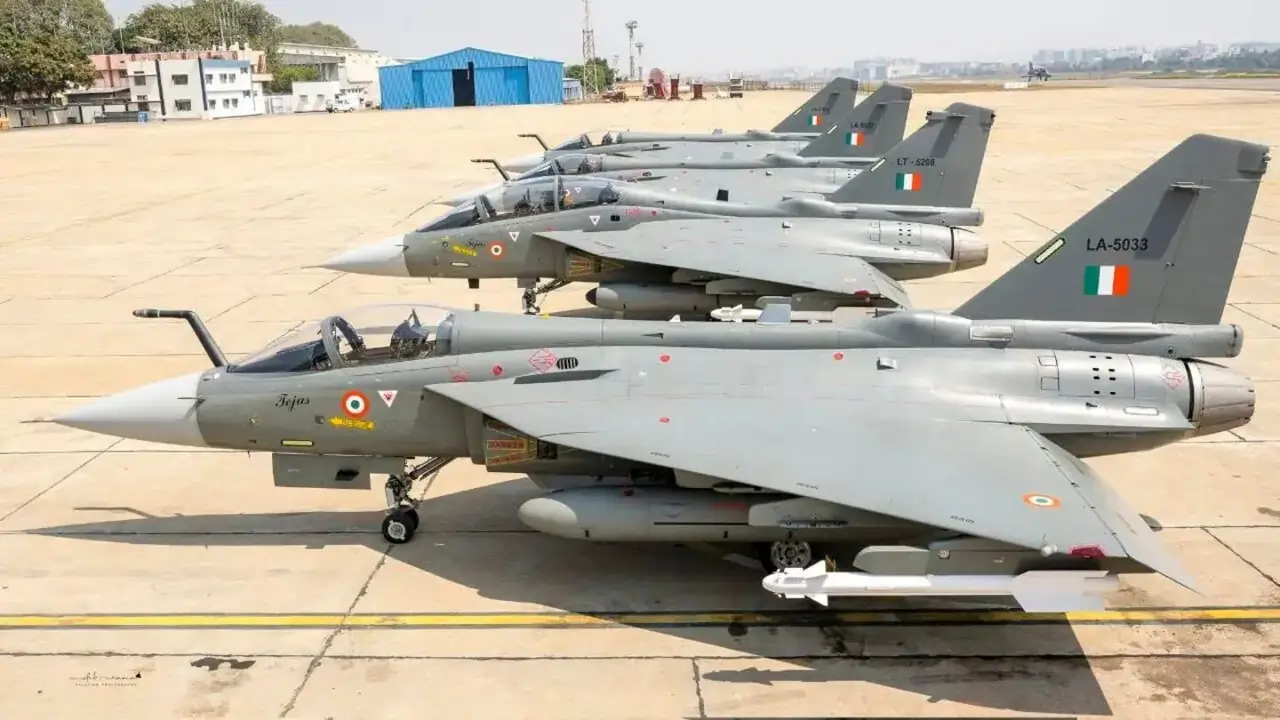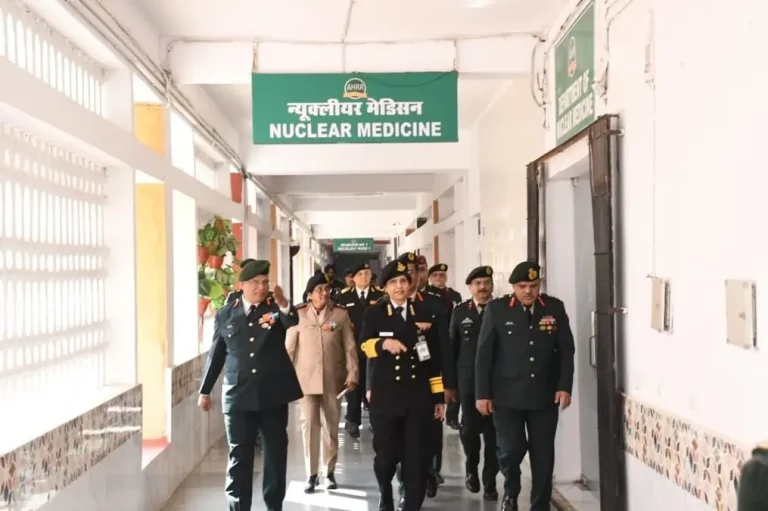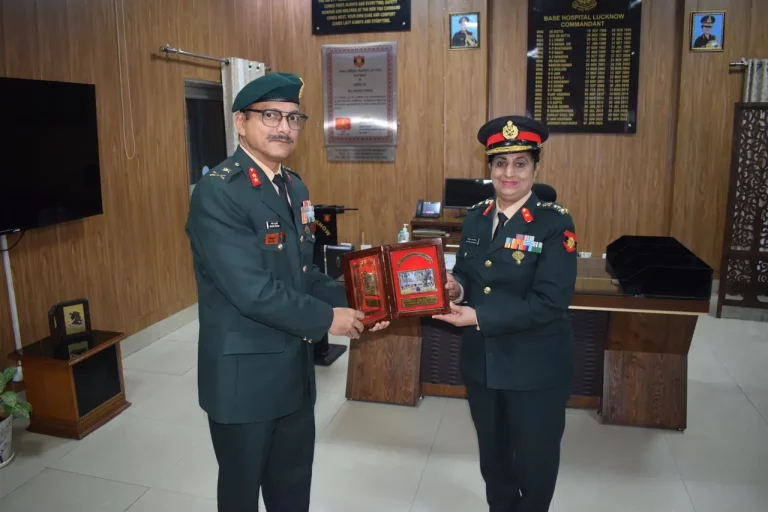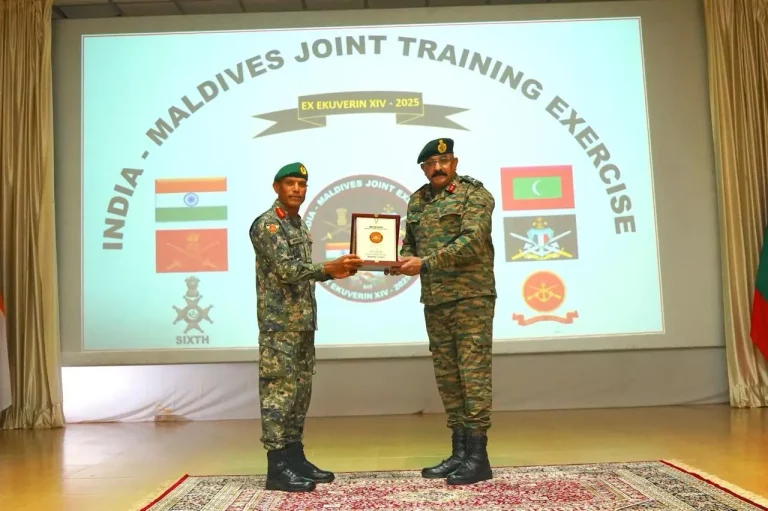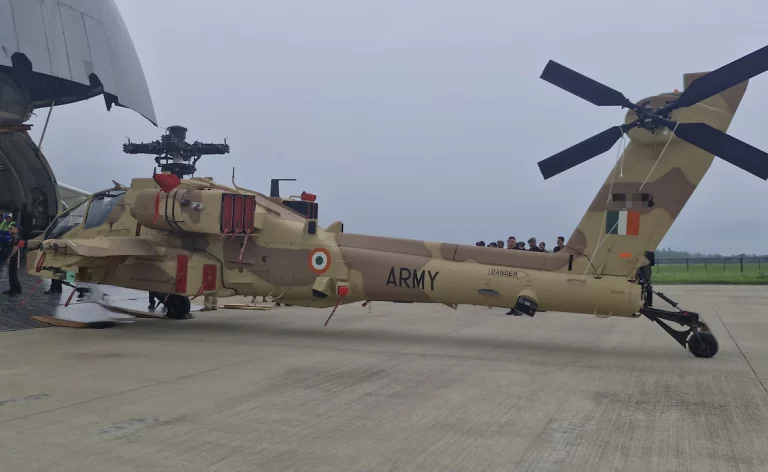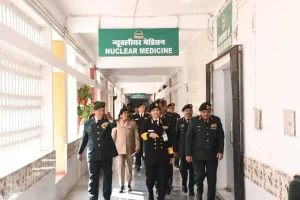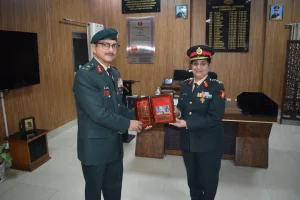In a significant advancement for India’s defense self-reliance, Defence Minister Rajnath Singh inaugurated the third production line for the Light Combat Aircraft (LCA) TEJAS Mk-1A at Hindustan Aeronautics Limited’s (HAL) Nashik facility. This enhancement is poised to bolster the country’s indigenous fighter jet manufacturing capabilities.
With the new production line now operational, HAL’s overall TEJAS production capacity has surged to 24 aircraft annually, allowing the Nashik unit to produce up to eight aircraft per year alone. This expansion is particularly timely, considering that the Indian Air Force (IAF) is grappling with a dwindling number of operational squadrons due to the phased retirement of aging MiG series fighters.
During the inauguration ceremony, Singh also launched the second manufacturing line for the Hindustan Turbo Trainer-40 (HTT-40) and celebrated the first TEJAS Mk-1A aircraft built at the Nashik facility, characterizing its successful test flight as “a symbol of Atmanirbhar Bharat.” He noted that this achievement showcases India’s growing capability to produce world-class defense systems domestically.
The TEJAS Mk-1A stands as the most advanced variant of the indigenous LCA platform, incorporating features such as the Uttam Active Electronically Scanned Array (AESA) radar and the Swayam Raksha Kavach electronic warfare suite, along with upgraded actuators. Notably, the aircraft boasts over 64% indigenous content, inclusive of 67 newly developed Indian components, and is crafted for multi-role operations encompassing air defense, maritime strike, and precision attacks.
The IAF has already committed to an order of 83 TEJAS Mk-1A aircraft, valuing around ₹46,000 crore, with delivery slated for the coming years. Once the complete integration is achieved, the IAF will operate a fleet comprising 40 Mk-1s, over 180 Mk-1A aircraft, and at least 120 Mk-2 variants, which is expected to significantly bolster its operational capacity.
India’s authorized fighter squadron strength is currently set at 42, yet projections indicate that this number may dip below 30 active squadrons following the retirement of the last MiG-21 unit in September 2025. Therefore, the expansion of the Nashik facility comes at a pivotal moment, aiming to accelerate production and restore the Air Force’s combat readiness.
Rajnath Singh underlined the transformative shift in India’s defense sector, highlighting a reversal in import dependency over the last decade. He stated, “A nation that once imported 70% of its defense requirements now produces nearly 65% domestically.” Official data indicates that India’s defense production has escalated from ₹46,429 crore in 2014–15 to over ₹1.5 lakh crore expected by 2024–25, while defense exports have surged from under ₹1,000 crore to an anticipated ₹25,000 crore during the same timeframe. The government aims to boost domestic production to ₹3 lakh crore and exports to ₹50,000 crore by the year 2029.
The Defence Minister also urged HAL to look beyond existing projects and invest in next-generation platforms, such as unmanned aerial systems and advanced civil aviation technologies. He commended HAL’s significant contributions during Operation Sindoor, noting the critical 24×7 technical support provided to the IAF’s combat fleet and helicopters. Singh also highlighted the Nashik team’s achievement in integrating the BrahMos missile system with Su-30MKI aircraft, a capability crucial in neutralizing hostile targets during the operation.
Emphasizing that the success of the Nashik facility is a product of collaboration between public and private sectors, complemented by academic and research institutions, Singh stated, “This synergy proves that when the government, industry, and academia work together, no goal is beyond reach.” The new production line not only enhances HAL’s capacity but also stands as a testament to India’s ability to design, produce, and sustain modern combat systems, marking a significant advancement in the nation’s pursuit of complete defense self-sufficiency under the Atmanirbhar Bharat initiative.
